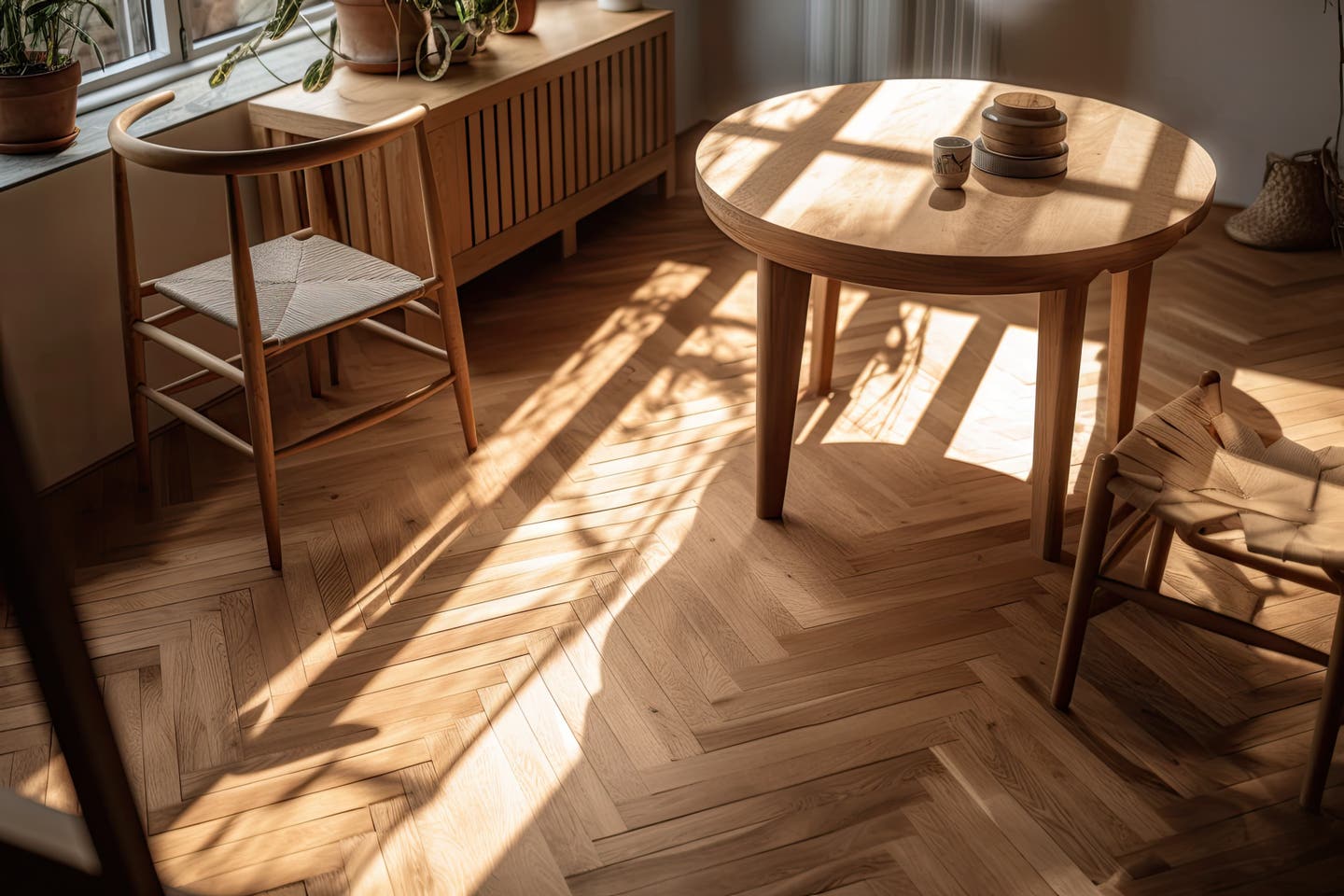
Peter Miller
Housing Trends 2024
This story is three months late. Normally, I share my ideas on current design on New Year’s Day. This year, I hesitated to write about trends because of what architect Gil Schafer once told me: “Magazine editors always ask me, ‘What’s new? What’s hot?’ I don’t think of traditional design as trendy, something that fades in or out of fashion. I think of traditional architecture as timeless.”
Note to self, I thought, “Don’t ask a traditional designer what’s trendy!” So, I don’t. Instead, I refer to the annual HOUZZ “Trends” research, which is based on what their designer advertisers show them and what their visitors click on. For 2024, HOUZZ reports on 28 design trends—not exactly selective, but wide reaching and, for traditionalists like me, encouraging.
HOUZZ tells us that “many homeowners are requesting traditional details and materials that create a timeless style,which can be a sustainable choice for renovations.” This is good for the readers of this blog who practice traditional design and employ materials that stand the test of time.
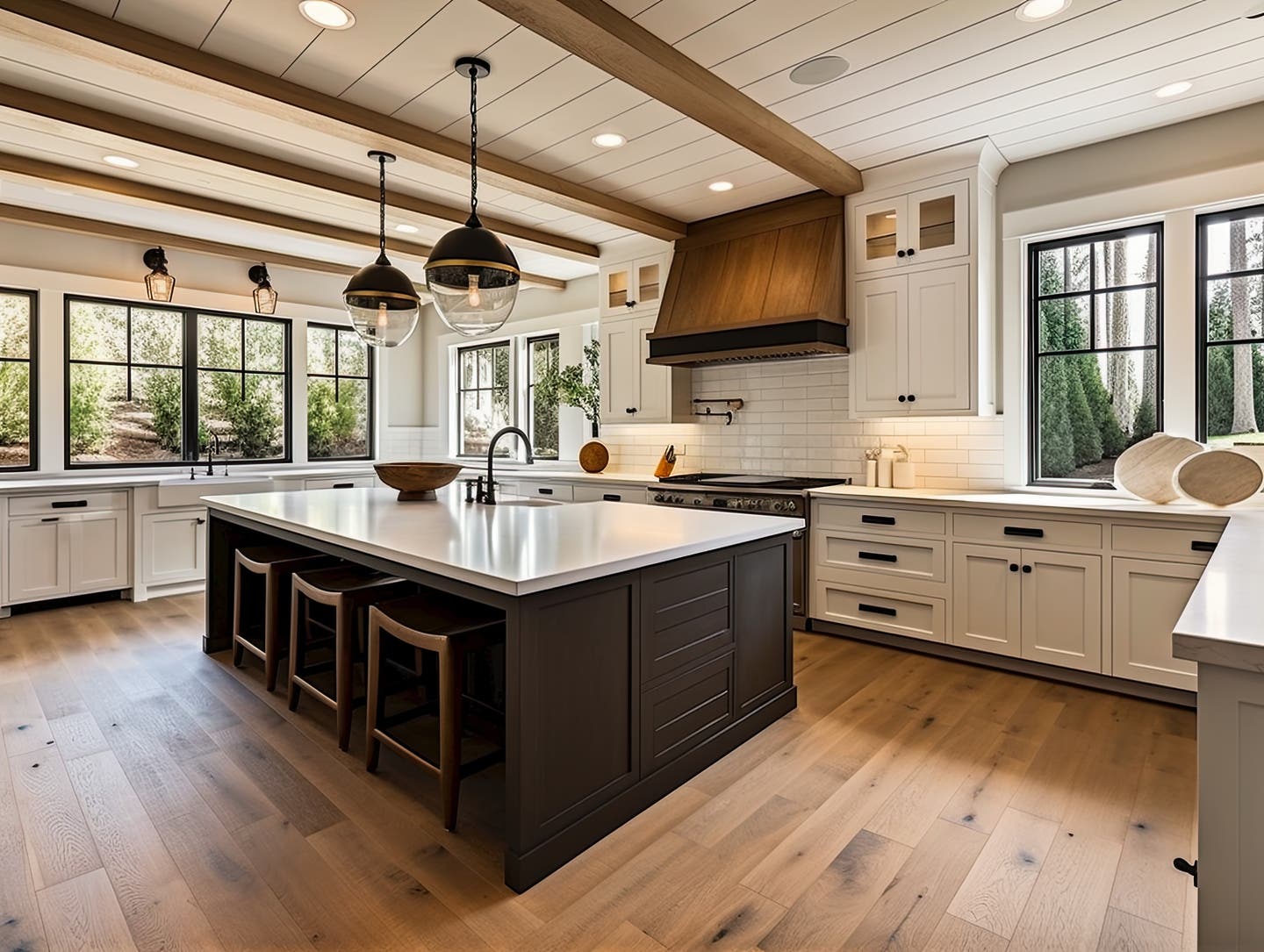
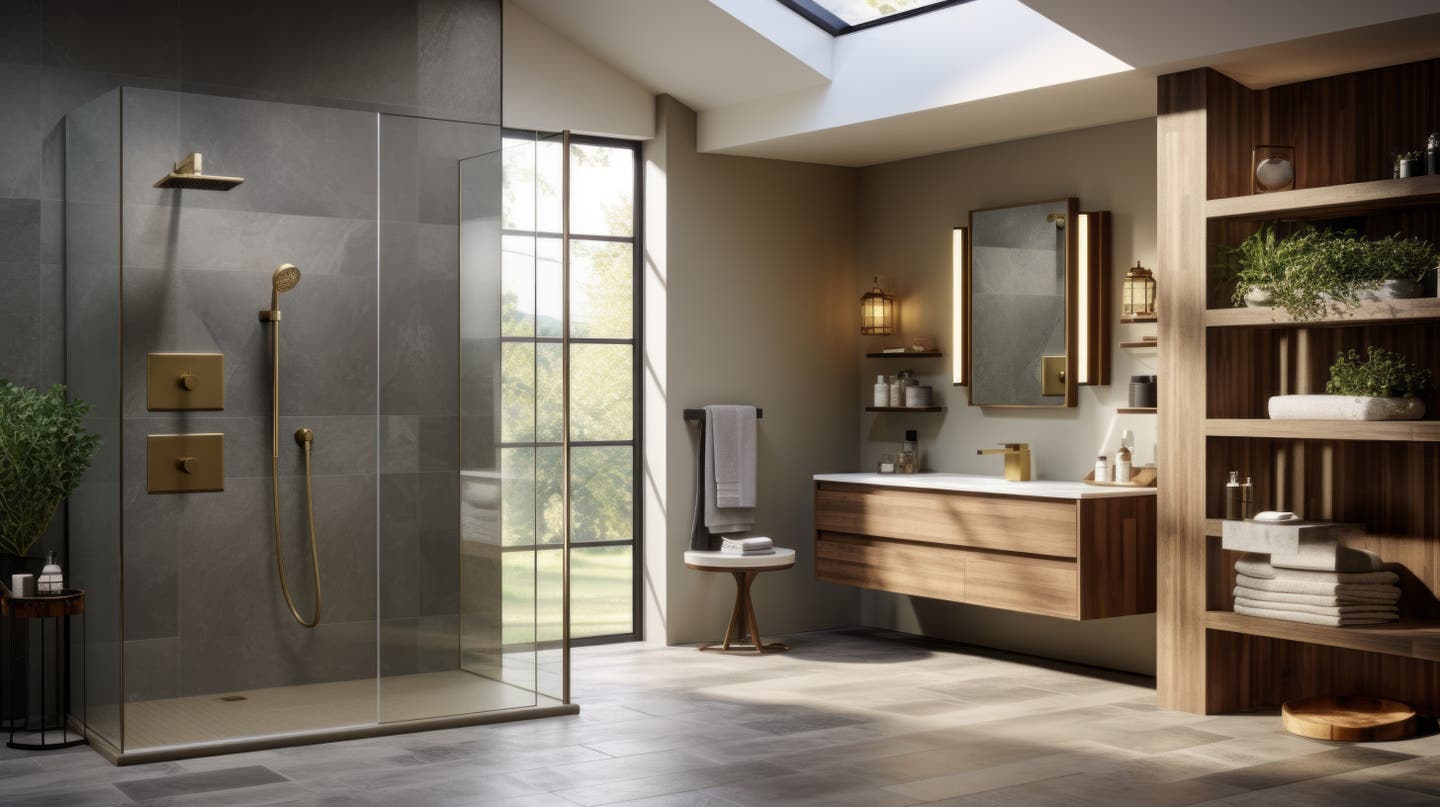
It’s also good when the trend-focused media connect traditional design with sustainability. Too often sustainability is thought of as “gizmo green,” like the promotion of new HVAC technology rather than traditional, organic solutions for sustainability, such as contextual design and durable materials.
HOUZZ goes on to tell us that “old is new again.” Why? People are staying in their houses longer, choosing to age in place and stick with their low mortgage rates. Further, HOUZZ says, “Even our most modern clients incorporate old elements such as brick, handmade clay tiles, rustic wood elements, and arches everywhere. These are things homeowners never get tired of.”Hooray! Trad is rad.
Speaking of aging in place, HOUZZ research reveals that 66% or two-thirds of their website visitors incorporate Universal Design principles like curbless showers when remodeling their bathroom. And since baby boomers love to party, HOUZZ reports that “three out of five homeowners remodel their kitchen to be the primary entertaining space in the house.”
The time is right for me to take my tweed sport coat out of mothballs. HOUZZ designers tell us that “a classic design element, herringbone patterns, are experiencing a renaissance.” HOUZZ shows us photos of herringbone patterns on window treatments and tiled backsplashes.
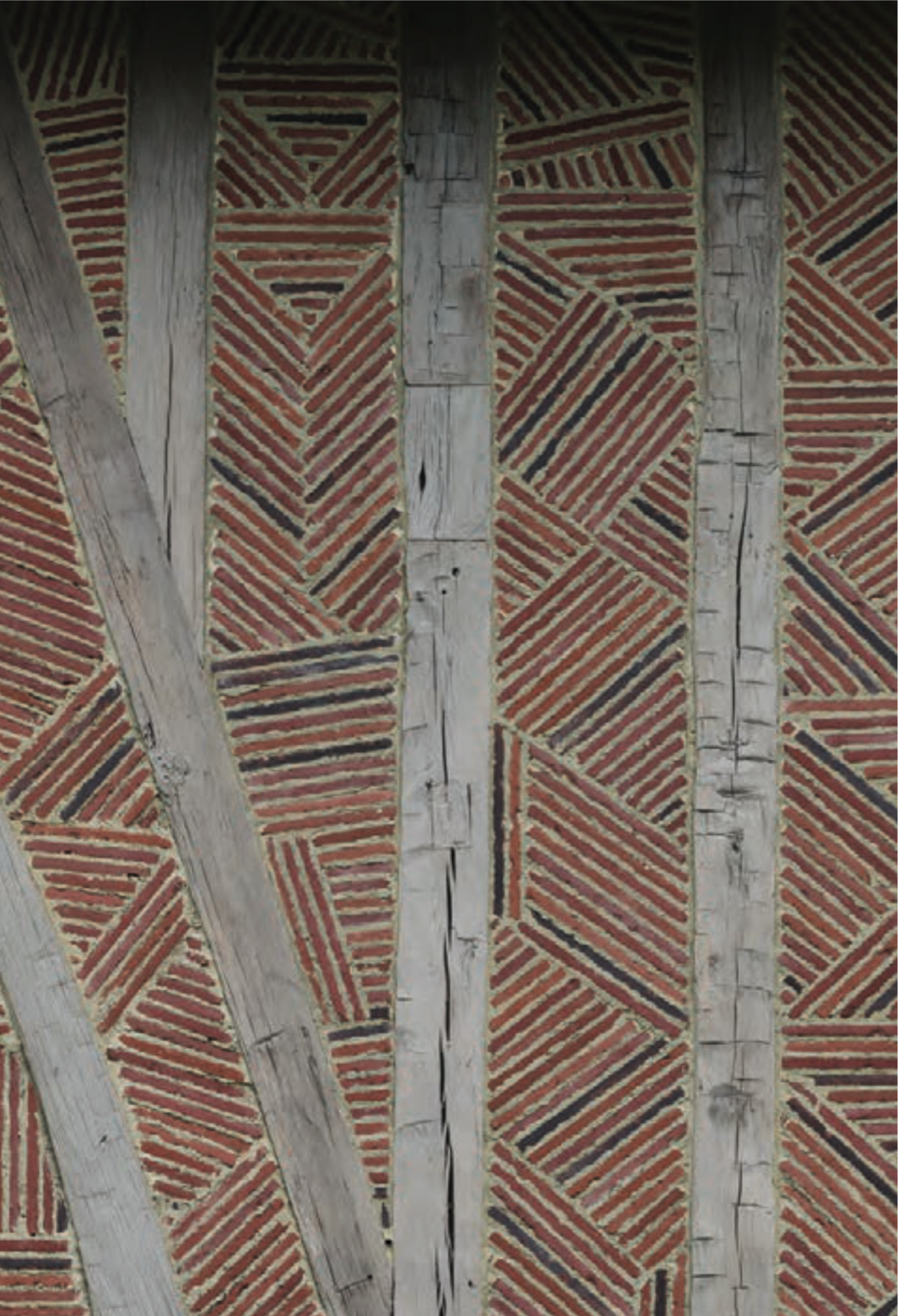
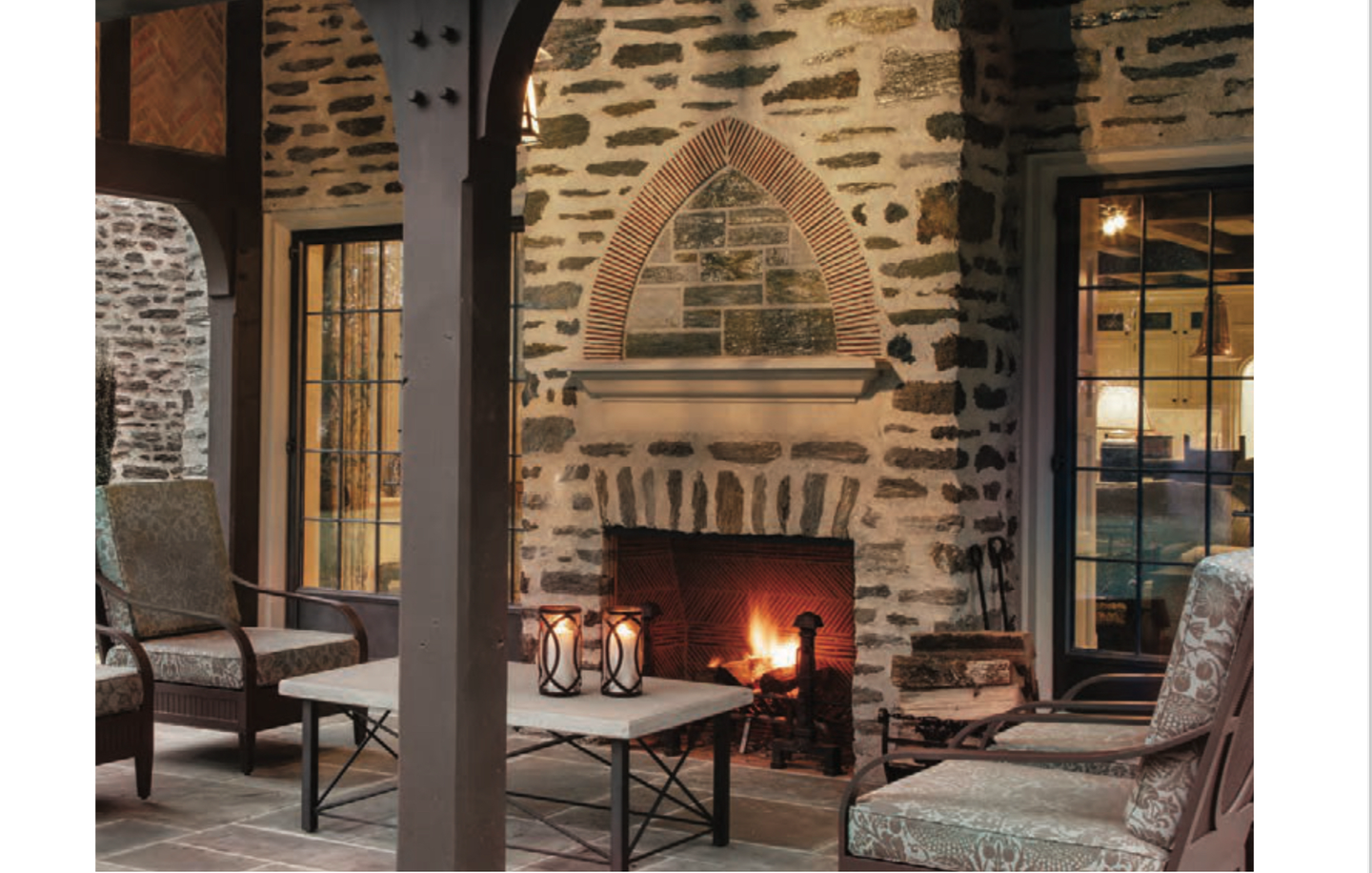
For a long time now I’ve been hearing that “modern is IN, traditional is OUT.” Indeed, consumer shelter magazines havebeen celebrating modern minimalist interiors and cubist houses with flat roofs and commercial-size windows. It has made me a little self-conscious about publishing a magazine with “traditional” in its name, as if we’re out of touch, behind the trends, and irrelevant.
So, my spirits are buoyed by comments like Gil Schafer’s and the research from HOUZZ, which reassure me that “timeless” matters, that classical design works for the ages.
TRADITIONAL BUILDING is not the arbiter of style. Rather, we want to inform and inspire readers with examples of good architecture and interiors, whether new, restored, renovated, or adapted. This includes mid-century modern design, which is now deemed historic.
I just attended a lecture by Mark McInturff FAIA titled “The Classical Roots of Modern Design,” which I’ll write about next month.
Peter H. Miller, Hon. AIA, is the publisher and President of TRADITIONAL BUILDING, PERIOD HOMES and the Traditional Building Conference Series, and podcast host for Building Tradition, Active Interest Media's business to business media platform. AIM also publishes OLD HOUSE JOURNAL; NEW OLD HOUSE; FINE HOMEBUILDING; ARTS and CRAFTS HOMES; TIMBER HOME LIVING; ARTISAN HOMES; FINE GARDENING and HORTICULTURE. The Home Group integrated media portfolio serves over 50 million architects, builders, craftspeople, interior designers, building owners, homeowners and home buyers.
Pete lives in a classic Sears house, a Craftsman-style Four Square built in 1924, which he has lovingly restored over a period of 30 years. Resting on a bluff near the Potomac River in Washington, D.C., just four miles from the White House, Pete’s home is part of the Palisades neighborhood, which used to be a summer retreat for the District’s over-heated denizens.
Before joining Active Interest Media (AIM), Pete co-founded Restore Media in 2000 which was sold to AIM in 2012. Before this, Pete spent 17 years at trade publishing giant Hanley Wood, where he helped launch the Remodeling Show, the first trade conference and exhibition aimed at the business needs and interests of professional remodeling contractors. He was also publisher of Hanley Wood’s Remodeling, Custom Home, and Kitchen and Bath Showroom magazines and was the creator of Remodeling’s Big 50 Conference (now called the Leadership Conference).
Pete participates actively with the American Institute of Architects’ Historic Resources Committee and also serves as President of the Washington Mid Atlantic Chapter of the Institute of Classical Architecture & Art. He is a long-time member of the National Trust for Historic Preservation and an enthusiastic advocate for urbanism, the revitalization of historic neighborhoods and the benefits of sustainability, including the adaptive reuse of historic buildings.








